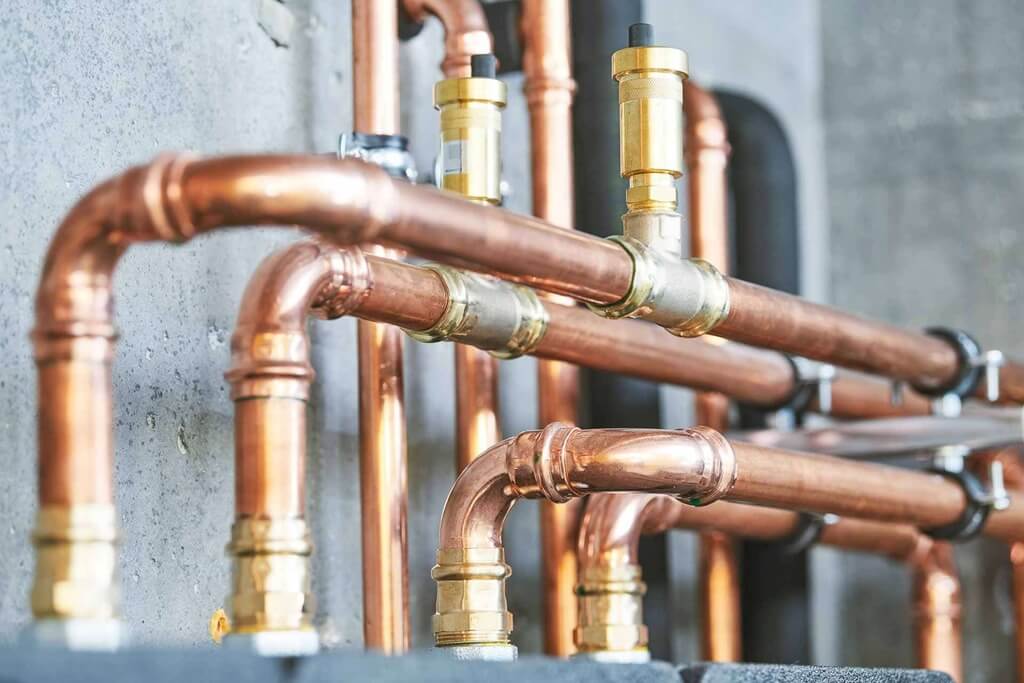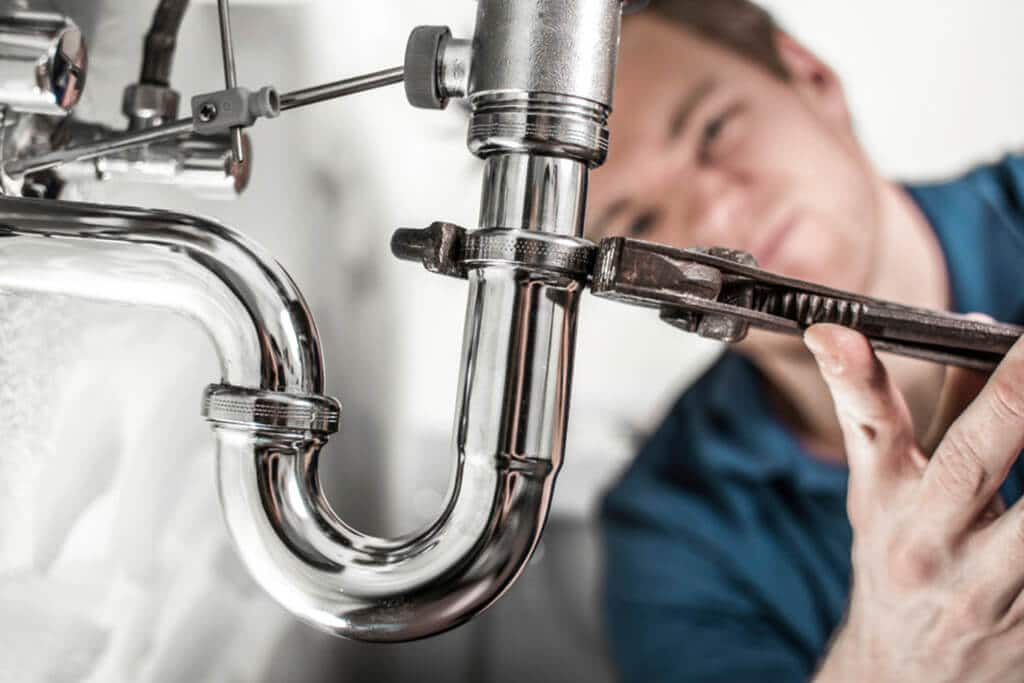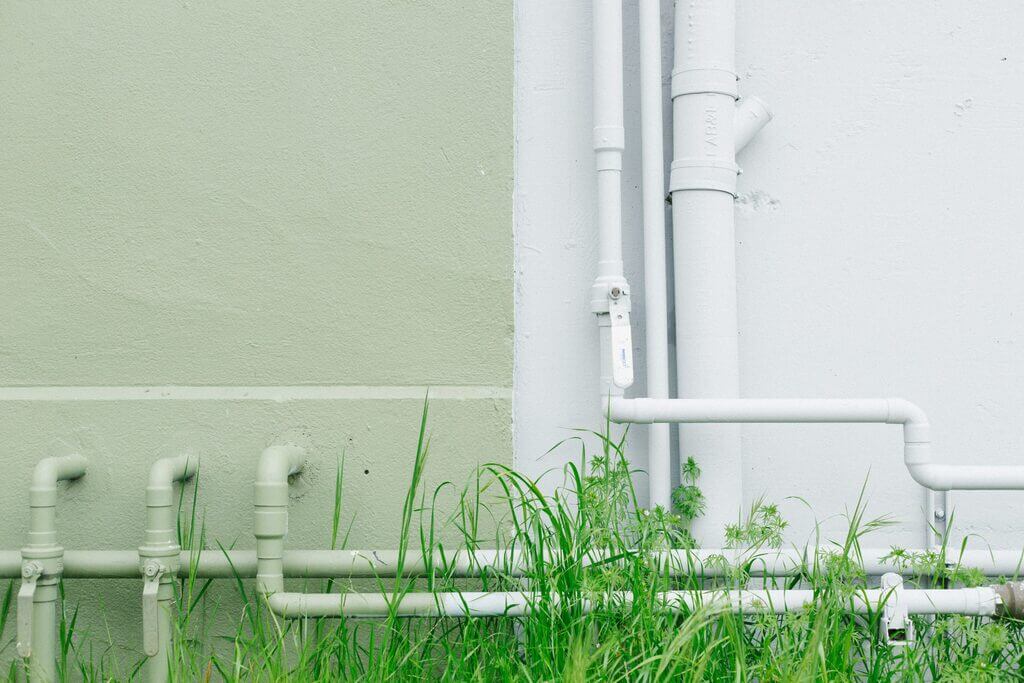Knowing the basics of what kind of plumbing pipes your home has can make it much easier to find the right type of plumbing services in your area, and it is a must-needed first step for any DIY plumbing fix. If you want to hire a professional plumbing service, Angi (formerly known as Angie’s List) will get you pointed in the right direction. They provide reliable information about different types of plumbing pipes and make accurate estimates for pricing and timelines.
Galvanized Steel Pipes
Zinc-coated or galvanized steel pipes are usually a grey or metallic color. They are often thick and heavy. This material generally not use in newer construction; you may find these pipes in your home if it was built between 1930 and 1980.
Plumbing services in your area might be more expensive if you have galvanized pipes because it is naturally heavier than common alternatives. As a result, it is harder to maneuver.
While these pipes are durable, the zinc coating will eventually break down, causing the pipes to rust from the inside out. That build-up can lead to lower water pressure and, ultimately, clogged water lines.
Benefits
- Galvanized pipes are designed to avoid rust and corrosion.
- They help in keeping other external buildups away from the coating on the pipe.
- It is extremely durable for years-long if maintain properly.
Copper Pipes

Copper pipes are very common in homes of all ages. Most people recognize the reddish color of copper pipes. However, oxidation can also change the pipes to a dark brown, or even greenish color.
These pipes are thinner, but they also have a long life span. Copper pipes are well known to be durable and heat tolerant. However, copper pipes are more expensive than other options. Some of the joints might also have fittings that include a lead-based solder.
Benefits
- Copper pipes are durable which means they are not prone to any sort of corrosion or leakage.
- Copper pipes are safe as they won’t pollute the water with any of the bacteria.
- Coppers are prove to be one of the longest-using plumbing pipes. They can last for more than 25 long years.
PVC Pipes
The term PVC stands for polyvinyl chloride. PVC is a hard plastic that is usually white. It will generally have to identify markings down the side that explains the type of PVC, temperature rating, and diameter. Homes built from the 1950s forward will often have PVC pipes.
PVC does not corrode, rust, or degrade. However, it does not hold up well with hot water. As a result, it can only use for cold water lines, such as in the kitchen sink pipes, toilet, and bathtub drain. You might also see it in vent stacks.
Benefits
- PVC pipes are not prone to rust and corrosion, thus they can last for a long time unless they have any technical problem.
- PVC handles weight and pressure accurately, which lets you adjust the force of the water according to your requirement.
- Polyvinyl Chloride (PVC) is way too low-cost in comparison to Copper pipes.
PEX Pipes

PEX is short for polyethylene cross-linked pipe. PEX pipes have been the standard for in-home water supply lines since about the 1990s.
While a PEX pipe is similar to a PVC pipe, it is actually more flexible and easier to maneuver. It is even color-coded, which makes plumbing services and troubleshooting even easier—blue is cold water, red is hot water, and white could be either hot or cold.
Benefits
- PEX is extremely flexible when it comes to bending or folding them to fit in different angles. You can twist them up to 90 degrees.
- PEX is easy to use. You can easily fold or twist them to install and thus they are easy to use.
ABS Pipes

Pipes made from acrylonitrile butadiene styrene or ABS pipes are similar to PVC, and they even come in the same sizes as PVC pipes. They are a bit more durable, but they cannot expose to direct sunlight.
These pipes are black and often find connecting to a sink, tub, or toilet. ABS pipes are actually pretty easy to repair as a quick DIY project, and the components are cost-effective as well.
Knowing your pipes is the first step in any DIY plumbing project, and it can be very helpful information to have when talking to a pro about the type of plumbing services you might need.
Benefits
- ABS pipes are less expensive in comparison to other pipes.
- They are light in weight, which makes them easy to handle and install by one single person.
- They are specially design for underground usage where moist can be a great hustle.
Find out more:

